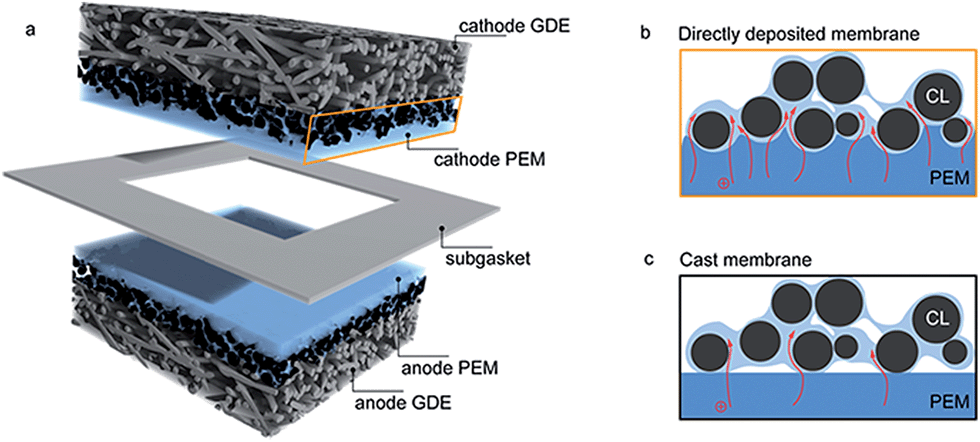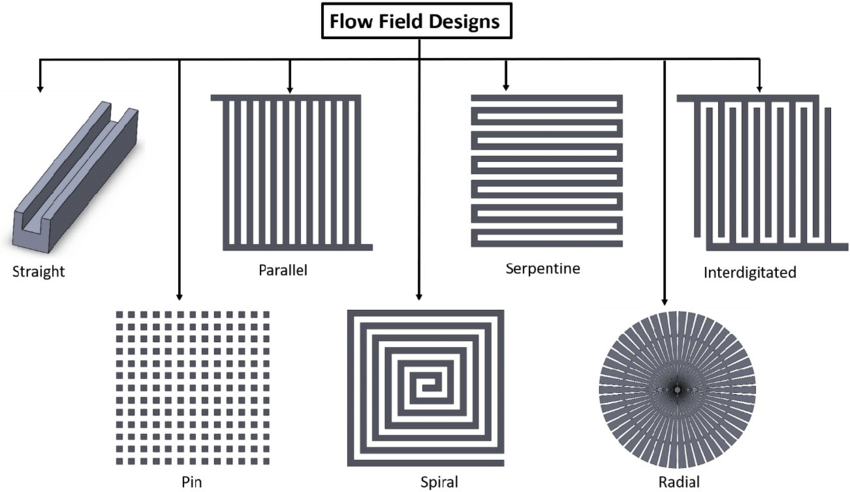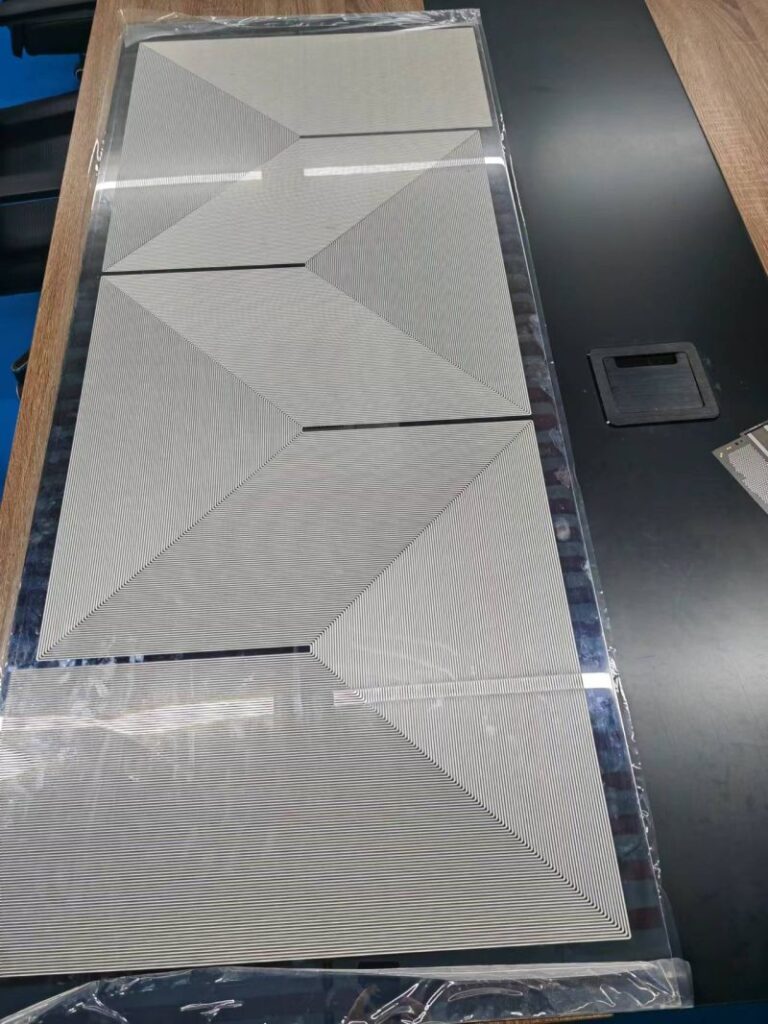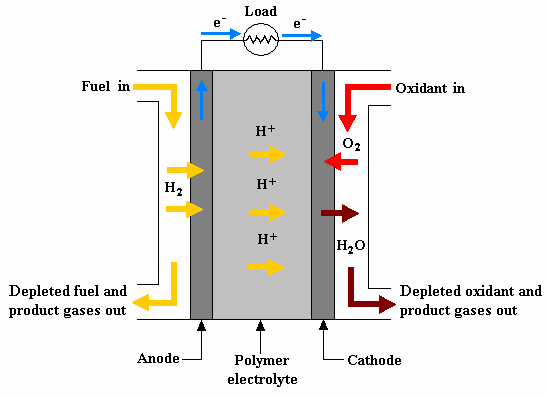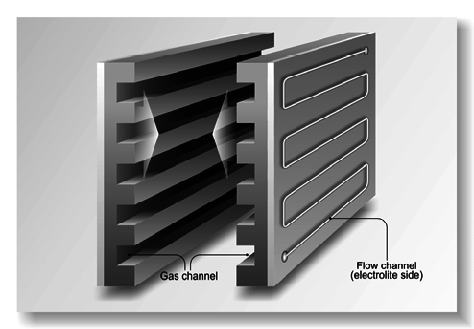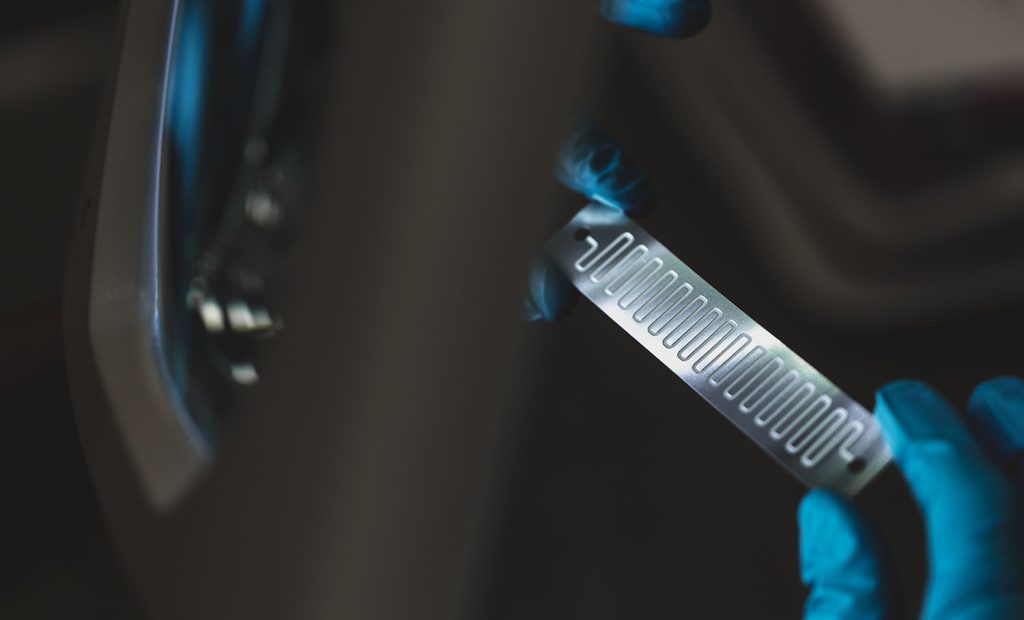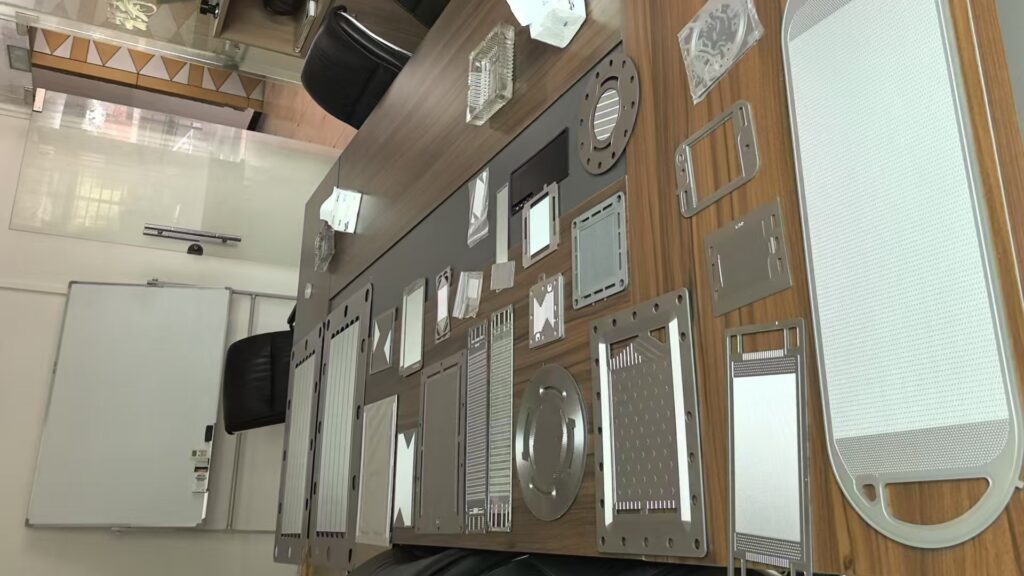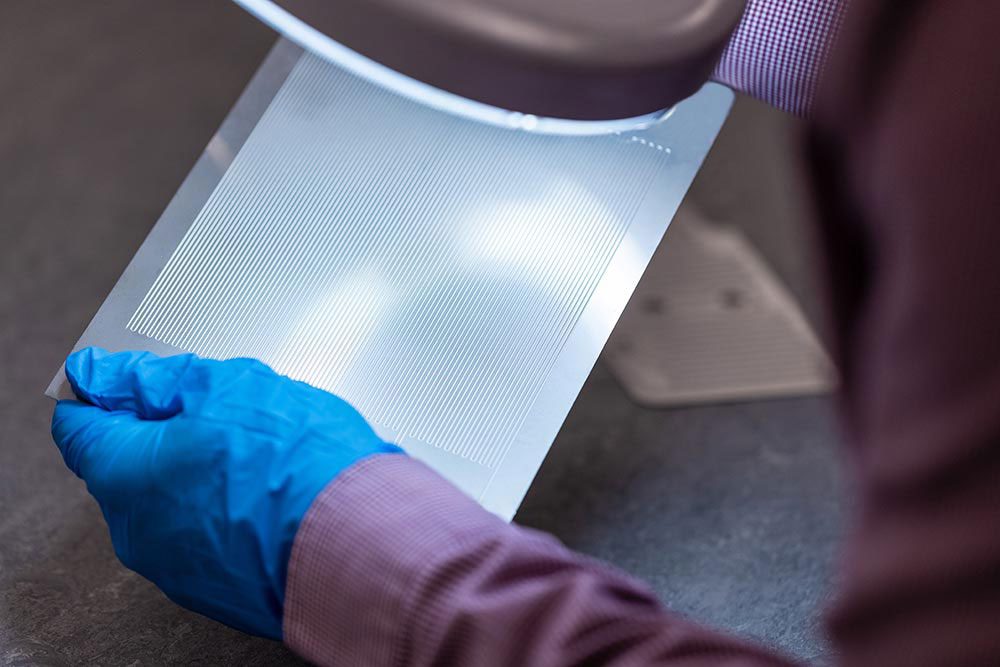Preparation of CMM by Dry Preparation Method
Proton exchange membrane fuel cells (PEMFCs) rely greatly on the key role of Catalyst-Coated Membranes (CMMs). Thanks to these membranes, electrochemical reactions that make electricity are possible. Since there is a growing emphasis on green and efficient energy, techniques for membrane production are developing too. Using the dry preparation method is now very popular, since […]

